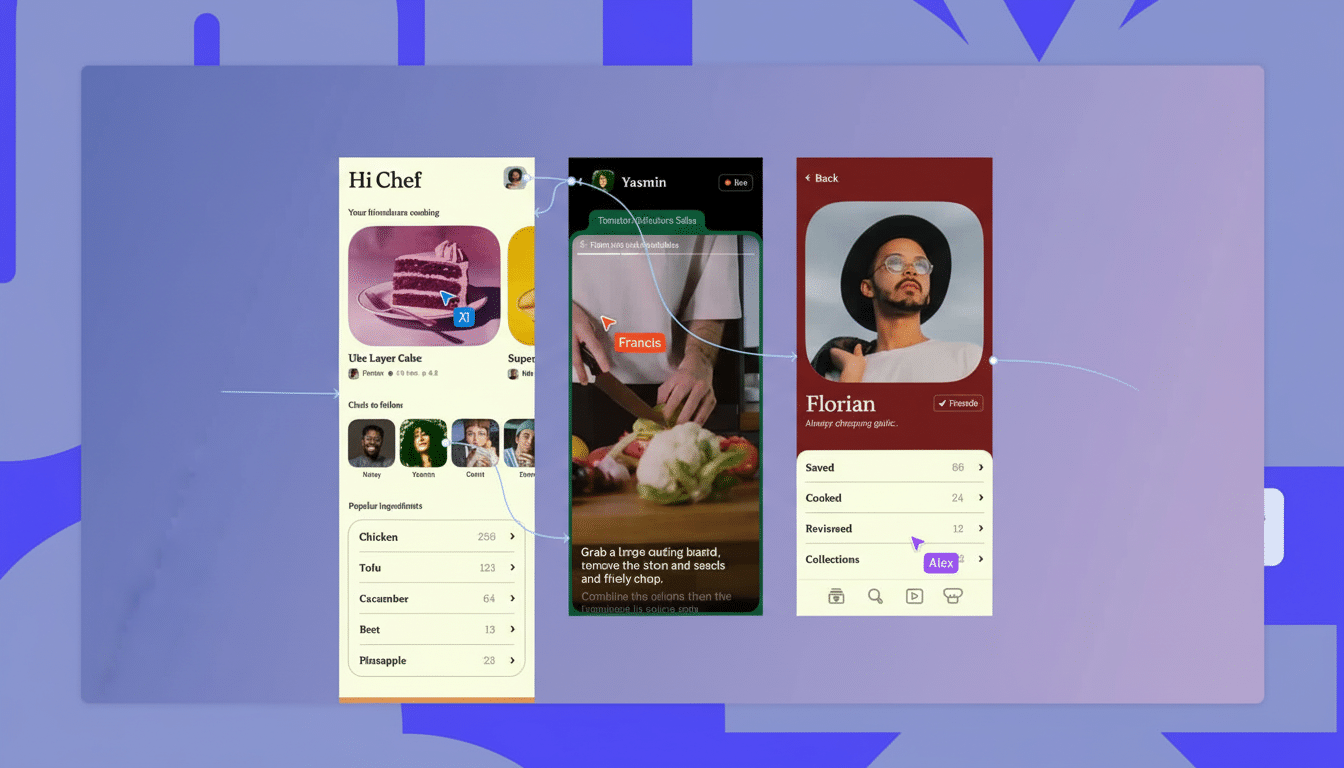Figma is doubling down in India, opening a Bengaluru office with a handful of new hires to turn one of its biggest user bases into one of its most global. The shift sends a clear message that Figma is purposefully evolving from a favorite design tool to an end-to-end product platform for the design, engineering, and product ops crowd.
India’s Developer Gravity Draws Global Investment and Growth
India stands among the most happening developer ecosystems right now. Microsoft’s GitHub is home to almost 22 million developers in the country, momentum that has drawn global companies in software here to invest locally. Figma already views India as its second-biggest user base after the U.S., and more than four-fifths of India’s 28 states have adopted the platform, Figma says. With 85 percent of overall usage occurring outside the U.S., the company is matching its footprint to where growth is occurring.

The strategic challenge is perception. One in three of Figma’s global users is a developer, but many in India still think of the product as something only for UI design. Through a local presence in Bengaluru and by directly engaging with the engineering community there, Figma wants to close the loop for design-to-code and claim that spot as it becomes more of a daily system of record at product teams beyond just designers.
From Design Tool To Product Platform For Teams
Relatively new bets on products also highlight the change. Figma has introduced features that bridge design-to-development workflows such as Dev Mode, which was launched to empower engineers to bring designs to life with a faster handoff and more accurate specs — all under tighter version control. The focus is on removing the points of friction that commonly decelerate release cycles.
The company also introduced AI-powered features aimed at reducing steps from idea to market. Figma Make, for example, can turn natural-language prompts into functional web apps, enabling cross-functional teams to co-create designs alongside code in a single workspace. India has become the biggest market for Figma Make, with more than 800,000 prototypes created so far — and proof that developers and founders in the country are stress-testing the new workflow at a rapid clip.
These moves expand Figma’s competitive set. Well-known design competitors aside, the company now also competes with AI coding platforms and full-stack product tools. In a market like India where both startups iterate quickly and enterprise tech teams work at scale, the potential of a single, collaborative layer that spans ideation to design to implementation is an attractive proposition.
Local Presence Shapes Product Direction and Strategy
Until now, Figma primarily served India from Singapore. A local team enables faster response to customer needs, deeper community engagement, and tighter feedback loops on features. The Friends of Figma community in India already boasts over 25,000 members, and feedback is even impacting product decisions — such as improving code export capabilities to ensure higher-quality output for engineers.

The Bengaluru center will start by focusing on sales and marketing, with the mindset of meeting customers where they are — whether that’s hypergrowth startups or giant IT services firms. Figma mentions consumer brands and platforms among its users:
- CRED
- Groww
- Fynd
- Swiggy
- Zomato
Among enterprise leaders, Figma cites:
- Infosys
- TCS
- Airtel
- CARS24
- Myntra
Enterprise Traction And Scale In The Indian Market
Figma has 13 million weekly active users worldwide, the company says, adding that its products are used by more than 40% of the top 100 publicly traded companies on the Bombay Stock Exchange. That enterprise traction is a big deal in India, where (easier said than done) distributed teams and complex design systems make the case for a single source of truth stronger. It also dovetails with the company’s revenue profile: Roughly half of Figma’s sales now come from outside the U.S., and India is identified as a key engine of growth.
The biggest competitive advantage as Figma scales might be how well it can win over developers’ trust. Respectable design-to-code translation, unified component libraries, and reliable APIs are table stakes for adoption in engineering. India is a proving ground for those capabilities at extreme scale, and is driven far more quickly than anywhere else.
What To Watch Next As Figma Expands In Bengaluru
In the near term, anticipate more community programs, local events, and customer co-creation to inform Figma’s developer roadmap. If the Bengaluru office speeds up traction for Dev Mode and AI-assisted workflows, it could help push Figma from being just a place where designs begin to one where products are built end-to-end. For India’s developer community, that would certainly count as an additional set of tools to add to what it has already been using, with corresponding enhancements for speed, scale, and production-grade output.

